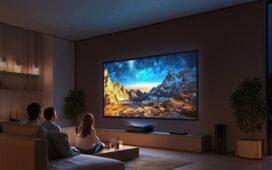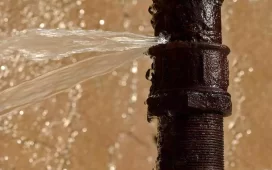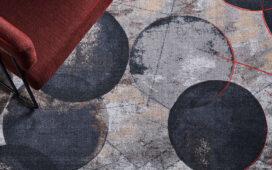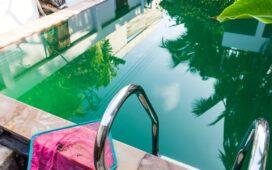Artificial grass, also known as synthetic turf, has gained popularity due to its low-maintenance nature and aesthetic appeal. While it offers numerous advantages, it comes with its share of disadvantages as well. Let’s delve into the pros and cons of artificial grass. Do check out: artificial grass
Advantages of Artificial Grass:
- Minimal Maintenance: Natural lawns demand regular upkeep, including watering, weeding, and mowing. This not only consumes time but also incurs water and maintenance costs.
- Ideal for Challenging Areas: Artificial grass is a practical solution for spots where natural grass struggles to thrive. Areas under trampolines or on steep inclines can benefit from synthetic turf, as it remains lush without direct sunlight.
- Evergreen Appearance: Unlike real grass that can develop patches and discoloration, artificial turf maintains a vibrant green look throughout the year. It stays uniform in height and color, enhancing the visual appeal of your outdoor space.
- Long-Term Cost Efficiency: While the initial installation cost of artificial grass might be higher, the absence of ongoing expenses such as watering and fertilizing makes it a cost-effective option over time.
- Usable in All Weather: Artificial turf quickly dries after rainfall, making it accessible even in wet conditions. Unlike natural lawns that become muddy and damaged, synthetic grass remains suitable for various activities.
- Durability: High-quality synthetic grass can last up to 20-25 years with proper care. Damaged sections can be easily replaced, extending the overall lifespan.
- Customization Options: Artificial grass offers a range of choices in terms of color, texture, and blade length, allowing you to tailor your lawn to your desired aesthetic.
Drawbacks of Artificial Grass:
- High Initial Cost: The upfront investment for artificial grass installation can be relatively expensive compared to natural grass.
- Heat Retention: Synthetic grass tends to absorb heat, making it uncomfortably hot to walk on during warm months. Additional measures like shading and cooling techniques may be needed, especially around pool areas.
- Potential Health Concerns: Artificial turf is made from petroleum-based materials and can emit gases that might pose health risks, including respiratory issues and developmental concerns, particularly in children.
- Environmental Impact: Despite efforts to use recycled materials, water runoff from synthetic grass can carry chemicals into water sources. Additionally, artificial grass is non-biodegradable and contributes to landfill waste.
- Bacterial Trapping: Artificial grass can trap organic matter like blood, skin, and pet waste, fostering the growth of harmful bacteria. Regular cleaning, especially if you have pets, is essential for maintaining sanitation.
- Susceptibility to Damage: In high-traffic areas exposed to intense sunlight, artificial grass may degrade faster, necessitating more frequent replacements.
In conclusion, carefully weigh the pros and cons before making a decision. Assess your lifestyle, the intended use of your outdoor space, and your willingness to address potential drawbacks. By considering these factors, you can determine if artificial grass aligns with your preferences and values, ensuring a well-informed choice for you, your family, and your furry companions.







